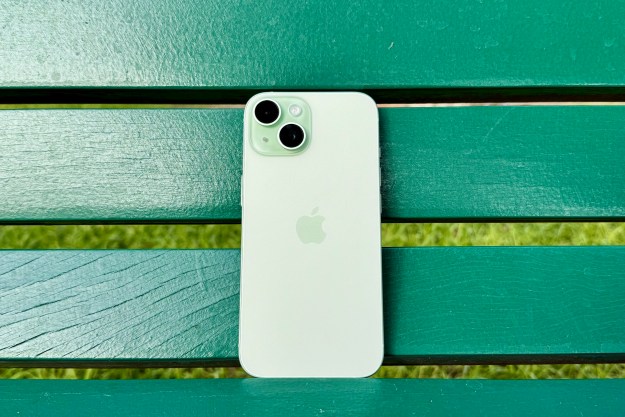The installation of iOS 13 is moving forward at a pace that Google can only dream of for Android. It took less than a month from the mobile operating system’s release on September 19 for it to be adopted in half of all iPhones.
According to figures published by Apple on October 15, 50% of all iPhones have already upgraded to iOS 13, with 41% staying on iOS 12 while the rest remain on earlier versions. However, when taking into account only the devices that were released in the last four years, those that have installed iOS 13 was up to 55%, followed by 38% on iOS 12 and 7% on earlier versions.
iOS 13 took 26 days to hit 50% of all iPhones, a few days slower compared to iOS 12, which took only 23 days. The difference is not much though.
The adoption rate of iPadOS, meanwhile, is moving slower than that of iOS 13, but still at an impressive pace. The new operating system, created specifically for Apple’s tablet, has been installed in 33% of all iPads, with 51% still on iOS 12 and 16% on earlier versions. When considering only the versions that were released in the last four years, the iPads that have upgraded to iPadOS were up to 41%, followed by 51% on iOS 12 and 8% on earlier systems.
Apple’s tight ecosystem of hardware and software has allowed it to maintain quick adoption rates for its mobile operating systems, which Google has not been successful in replicating for Android. Google has apparently stopped publishing adoption rates, so there is no information on how many Android smartphones have installed
Apple rolled out iOS 13 with a bevy of new features and improvements, including the long-requested Dark Mode, the Find My app that combines Find My iPhone and Find My Friends, an updated Health app and HomeKit, and the redesigned Reminders app, among many others. Our iOS 13 tips and tricks article shows iPhone owners how to make the most out of the new mobile operating system.
iOS 13, however, has not been void of problems, such dropped calls, lost contacts, and battery drain. It does not appear that the adoption rate of the new mobile operating system was affected much though, as iPhone owners continue to upgrade.
Editors' Recommendations
- A big iPhone update is right around the corner
- One of the most iconic iPhone accessories is back — and it’s great
- iPhone 16: news, rumored price, release date, and more
- Nomad’s new iPhone case and Apple Watch band may be its coolest yet
- An Apple insider just revealed how iOS 18’s AI features will work


